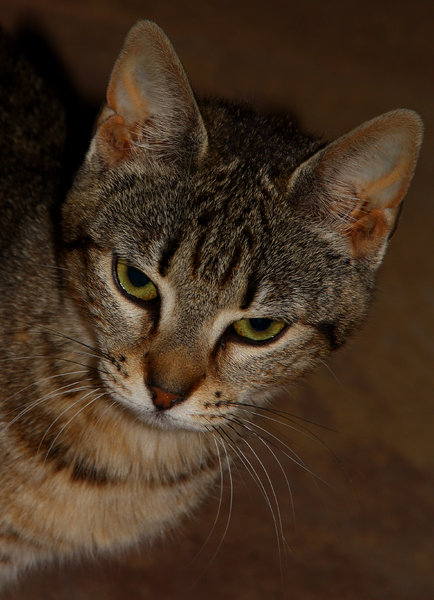Teaching Kitties to Utilize the Litter Box: Tips and Techniques
Teaching Kitties to Utilize the Litter Box: Tips and Techniques
Blog Article

Cat litter and litter boxes play a pivotal function in the lives of both felines and their owners. From the humble beginnings of sand and soil to the innovative developments these days, the world of cat litter has actually evolved significantly. In this extensive guide, we look into every element of cat litter and litter boxes, exploring their history, types, advantages, obstacles, and whatever in between.
The history of cat litter go back centuries, with ancient civilizations utilizing sand, soil, and even ashes as primitive litter products. Nevertheless, it wasn't till the mid-20th century that modern-day cat litter as we understand it emerged. In 1947, Edward copyright presented the world's very first business cat litter made from absorbent clay, changing the method felines relieved themselves inside. Ever since, cat litter has actually gone through many improvements, with the intro of clumping litter, silica gel litter, naturally degradable choices, and more.
Today, feline owners are spoiled for choice when it comes to picking the ideal litter for their feline buddies. Conventional clay litter remains popular for its affordability and effectiveness in absorbing smells. Clumping litter, which forms strong clumps when wet, streamlines cleaning and maintenance. Silica gel litter, made up of extremely absorbent silica crystals, provides exceptional odor control and durability. Eco-friendly choices, such as recycled paper, wood pellets, corn, and wheat, attract environmentally conscious customers.
Each type of cat litter offers unique benefits. Clay litter stands out in its ability to absorb wetness and control odors, making it a trustworthy choice for many feline owners. Clumping litter simplifies daily scooping and extends the time in between total litter changes. Silica gel litter offers remarkable odor control and can last longer in between replacements. Naturally degradable litters Litter Box Liners offer a sustainable alternative that minimizes ecological impact.
While cat litter boosts indoor feline hygiene, it is not without its obstacles. Dust from clay litter can present respiratory threats for both cats and people, prompting the appeal of dust-free alternatives. Some felines might develop litter box hostility due to concerns with texture, fragrance, or cleanliness, necessitating experimentation with various litters and box configurations. Multi-cat families may require tactical litter box placement and regular maintenance to avoid territorial disputes and make sure all cats have access to tidy facilities.
Choosing the appropriate litter box is necessary for promoting positive litter box routines and overall feline wellness. Factors to think about include size, ease of access, cat litter box enclosure and design preferences. Covered litter boxes supply privacy and aid contain smells, but some felines might find them restricting or intimidating. Open-top litter boxes provide simple access and presence but may lead to more litter scatter. Automatic self-cleaning litter boxes improve upkeep however require routine Covered Litter Boxes tracking and upkeep.
Appropriate litter box upkeep is essential for making sure a clean and inviting environment for both felines and their owners. Daily scooping gets rid of waste immediately, decreasing odor and dissuading litter box hostility. Regular litter replacement, usually every 1-2 weeks, avoids bacterial buildup and maintains ideal absorbency. Extensive cleaning with mild cleaning agent and water, preventing extreme chemicals that may prevent felines from utilizing the box, ought to be carried out monthly.
Cat litter and litter boxes play a main function in fostering a healthy and harmonious relationship in between felines and their human buddies. With a varied array of litter choices and litter box styles readily available, feline owners have the flexibility to tailor their choices to fit their felines' choices and family requirements. By understanding the evolution, types, benefits, and difficulties of cat litter and litter boxes, animal owners can supply their feline good friends with a comfortable and hygienic indoor environment.